Last updated on August 20th, 2014 at 11:00 pm
 Selling your Needlework and Cross Stitch Patterns
Selling your Needlework and Cross Stitch Patterns
This page is intended to offered as a primer on selling your original needlework designs or needlework related products using traditional methods rather than online sales. These are just general suggestions and they might not apply to what you want to do. Please note that Yarn Tree does NOT purchase unpublished needlework designs.
There are two basic ways to sell your designs. You can sell your unpublished designs to another company to publish, or you can start a company to publish and market your designs yourself. For products such as kits, accessory items, etc. you will usually need to start your own company.
 Selling Your Designs To Magazines
Selling Your Designs To Magazines
 If you want to sell your designs to another company, one method is to sell the designs to a magazine. After you sell your designs the company that purchased your designs gets the right to publish (or not publish) your designs as they see fit. A lawyer will give quote you all sorts of copyright laws, but basically after you sell your designs you are out of the picture. Most magazines that publish needlework designs purchase designs from independent designers.
If you want to sell your designs to another company, one method is to sell the designs to a magazine. After you sell your designs the company that purchased your designs gets the right to publish (or not publish) your designs as they see fit. A lawyer will give quote you all sorts of copyright laws, but basically after you sell your designs you are out of the picture. Most magazines that publish needlework designs purchase designs from independent designers.
To find magazines on needlework you can check with your local library; they will have a reference book that will list magazines by topic. Or simply buy a copy of various needlework magazines from a news stand. That way you can see what types of designs they use. Inside the magazine your will find an information box that gives the magazine’s address and usually a phone number. Contact magazines that publish designs similar to the types of designs that you have to sell. After you have narrowed your list of magazines down, you need to submit your designs.
Do not just mail them an envelope full of your designs.
Contact them for information on what types of designs they are looking for and on how to submit designs to them. Also ask how long it normally takes before you will hear back from them after a design is submitted. This is important because you should only submit your designs to one company at a time. If you have multiple designs, you can submit different designs to different companies, but make sure that they are really different designs and not the same design with a few changes. If a magazine declines your design, you are free to submit it to another magazine.
Selling Your Designs To Another Company To Publish And Market
Another way to sell your designs is to sell them to a company that will publish your designs as a kit or a pattern booklet. Most companies that publish needlework designs are not in the market to buy designs from a free lance designer. In many companies the owner is the main designer and they are not in the market for more designs. For other companies, purchasing designs just does not fit in with their business plans. For example, Yarn Tree does not currently purchase unpublished designs.
The first step is to try and find companies that are even in the market to buy your designs. Most companies will list the name of the designer on the cover. Look at several booklets that the company has published; if they have different designers listed, there is a good chance that they work with outside designers. If in doubt, just call or write to them and ask if they would like to look at your designs. The worst that can happen is they say no. If they are not in the market, ask if they know of another company which might be interested. After you have a list of a few possible companies, the procedure is similar to contacting magazines. Contact them to see how to submit a design. Submit your design. Wait. Repeat as necessary.
You are going to get rejection letters. The main thing is, don’t give up. Just because a company declines to purchase your designs doesn’t mean your designs are not any good. It doesn’t even mean that whoever reviewed your work didn’t like it. All it means is that at this time your work did not fit into that company’s plans. It does not mean anything more than that, and you should not read any more into it.
Once a company has made a decision don’t try to get them to reconsider, but if you can get some idea on why they declined your designs it will help you in the future. If you have the name of a contact person (if nothing else, the person who wrote the rejection letter), try calling them and asking for suggestions. Don’t argue. Don’t even defend you designs. Let the person you are talking to know right away that you are not calling to try and get them to change their mind. All you want to do is gain some knowledge for future submissions. Any information that you can gain will make it easier to submit a design that will get accepted next time. Thank them for looking at your designs and ask if they would like to see future designs (it may be that they simply don’t need any more designs right now). Ask what types of designs they are looking for.. Just don’t give up.
The other way to sell your idea is to start your own company and sell the items yourself. In my opinion, this is where the fun is. Unfortunately, this is also where the expense and the risk are. Before you start down this path, take a hard look at your own personality and your finances. How much money can you afford to invest. Can you sleep at night knowing that you might lose everything you invested? Is your family supportive? Your local library will have dozens (if not hundreds!) of books on starting a business. Check out a few and study up.
If you think that your personality is right to start your own business, the first thing you need to do is to research the market. I will assume that you are looking at selling wholesale to retail stores. These retail stores will then sell your product to the retail consumer. Creating the design, packaging it, and selling it directly to consumers usually isn’t practical because you won’t be able to have any volume. Visit a few needlework stores. Instead of looking at what you would like to buy, look at what the stores are selling. Look at the prices, packaging, etc. Look at what items are selling the best–these are usually displayed in the best locations. These products got to be in the best locations because their sales were good. Be sure to look at what is “on sale”–this is usually what is not selling! Now look at your product. Can you produce a product that is better? If you can, you have a chance. If not, well…
If you think you have a salable idea, make up a rough sample of your packaged design or kit and stitch your models. Estimate your costs. Estimate your selling price. When you have this done, try to visit with the owners of a couple of needlework stores in your area. Show them your models, samples, etc. and ask for their advice. Don’t try to get an order. Until the store owner can see the ready-to-sell product they won’t be interested in placing an order. All you want is information; talking to people is a cheap way to learn.
At some point you will have to make the big decision: invest the time and money and start production, or drop this idea and start coming up with another one. This is your decision to make; don’t look for anyone else to make it for you. I will only make the following suggestion: do not risk more than you can afford to lose on your first product. Sometimes even the biggest and best run companies come out with products that fall flat on their face; don’t think that it can not happen to you. If your first design (or your first few designs) don’t make a profit, you will need a source of funds to keep going until you get your first money maker. You will either have to have other income or dip into savings. Don’t count too much on your bank.
Click here to read more of this article including information on business plans, advertising, and potential markets.
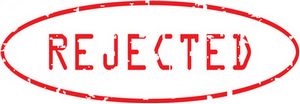

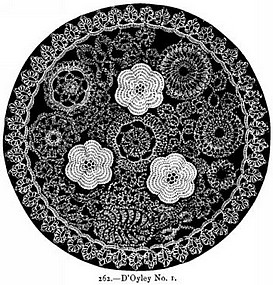

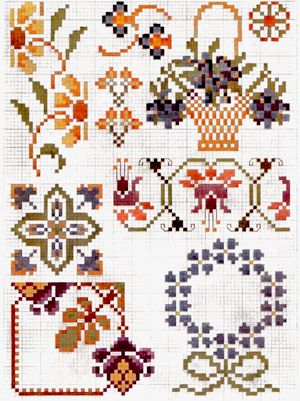
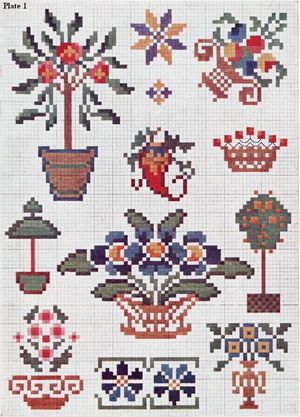
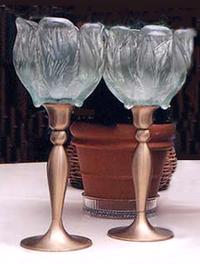

Leave a Reply